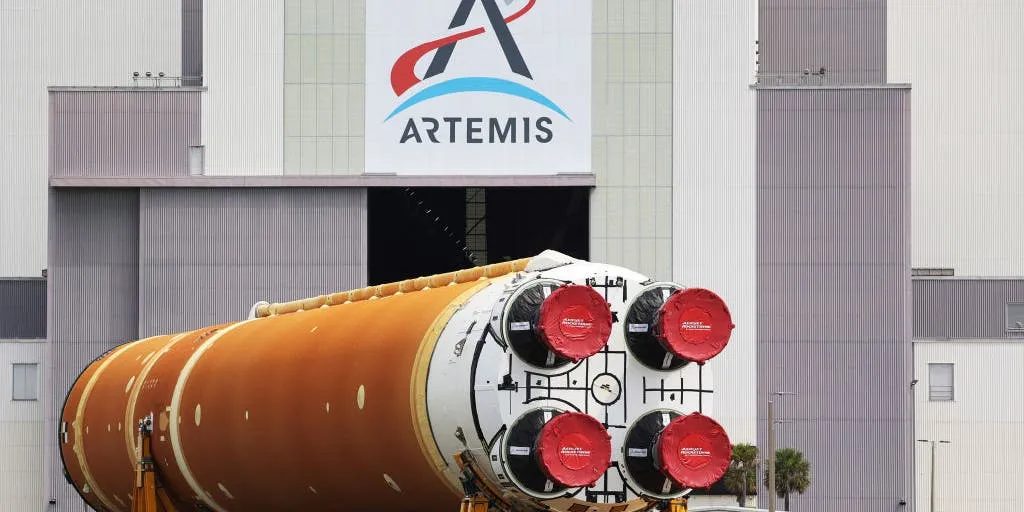WASHINGTON - Apparent issues with the heat shield, designed to protect astronauts aboard the Orion spacecraft, have set the United States and China on a collision course in the race to return humans to the Moon.
Under a recently revamped plan by NASA, the Artemis II mission, which will encircle the lunar body, will now take place no earlier than 2026, with a landing happening no earlier than 2027.
The agency's decision came after an extensive investigation of the Artemis I splashdown, which occurred in late 2022. NASA said materials became charred and deteriorated unexpectedly during the test mission, which has led to a more extensive analysis of ways to minimize impacts upon reentry.
"The Artemis campaign is the most daring, technically challenging, collaborative, international endeavor humanity has ever set out to do," NASA Administrator Bill Nelson said in a statement. "We have made significant progress on the Artemis campaign over the past four years, and I'm proud of the work our teams have done to prepare us for this next step forward in exploration as we look to learn more about Orion's life support systems to sustain crew operations during Artemis II. We need to get this next test flight right. That's how the Artemis campaign succeeds."
The United States is the only country to have successfully landed astronauts on the Moon, but ambitious plans by China may soon change the nature of lunar exploration.
NASA Delays Artemis Moon Landing To 2027 After Orion Heat Shield Investigation
China has already launched several lunar landers and unveiled intentions of landing humans on the Moon by around 2030. The China National Space Administration (CNSA) is relatively tight-lipped about its future activities, so it is unknown if the projected date has been moved or been delayed.
"It is vital for us to land on the south pole so that we do not cede portions of that lunar south pole to Chinese," Nelson stated at a recent Artemis briefing. "I wish that China could be someone that we could cooperate with, and maybe there will be an opportunity in future. I hope so. But given them fact of history of how Chinese government has operated up until including recently I don't want that occur on such important part of Moon."
The south pole of Moon is considered crucial for exploration due presence ice reserves nearly constant sunlight which could make environment potentially sustainable human presence.
See The Objects Humans Left Behind On The Moon
In addition logistics NASA will also contend new administrator who expected billionaire Jared Isaacman private astronaut commanded spaceflight missions recently became first private citizen perform spacewalk unknown parts program sidelined anticipated federal budget cuts likely lead alterations NASA operations.
"I was born after moon landings; my children were born after final space shuttle launch With support President Trump can promise you this: We never again lose ability journey stars never settle second place inspire children yours mine look dream what possible Americans walk Mars doing make life better here Earth," Isaacman stated after being tapped become next head.
The Artemis program was originally established in 2017 and set an initial goal reaching moon by 2028 however unrealistic timeline announced during tenure Jim Bridenstine President Trump's first administrator sped planned return lunar surface by 2024 further delays exploration program bring closer line Chinese provided CNSA doesn't encounter any setbacks.
